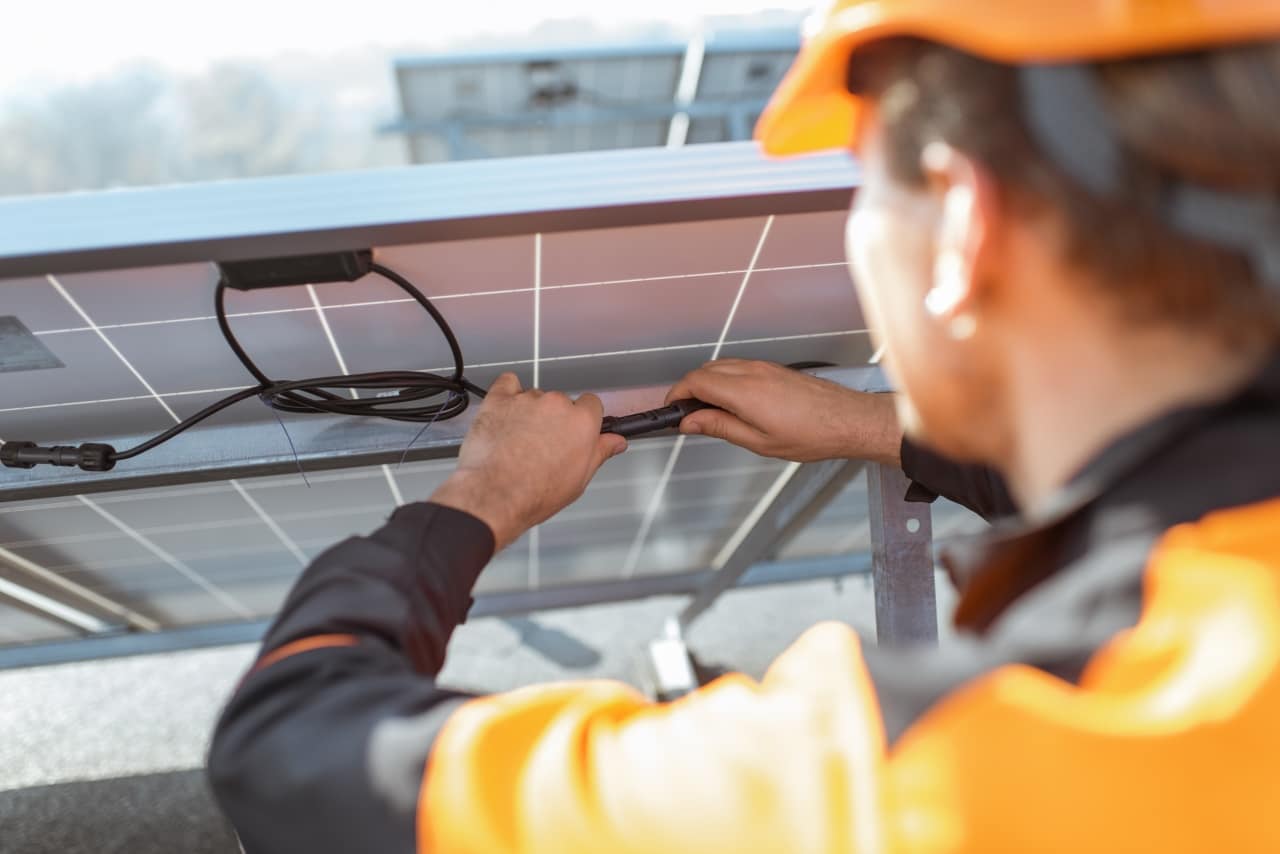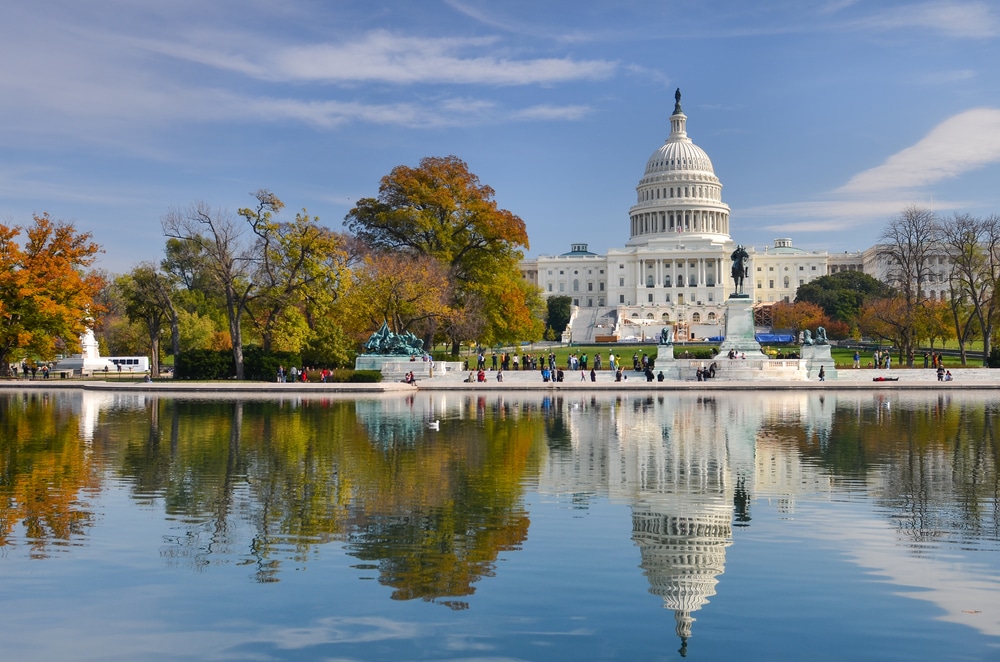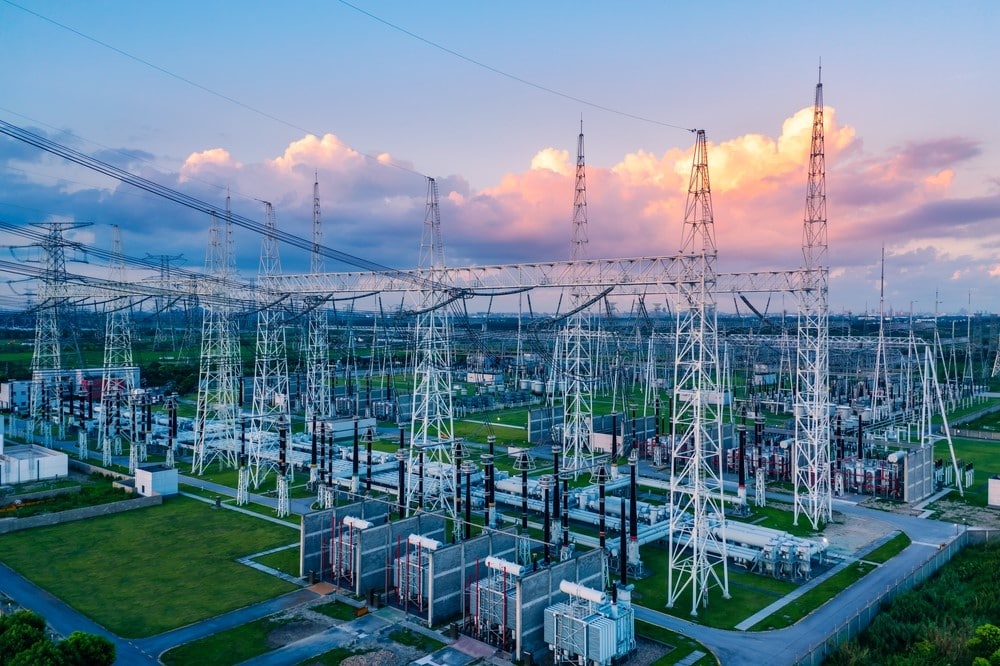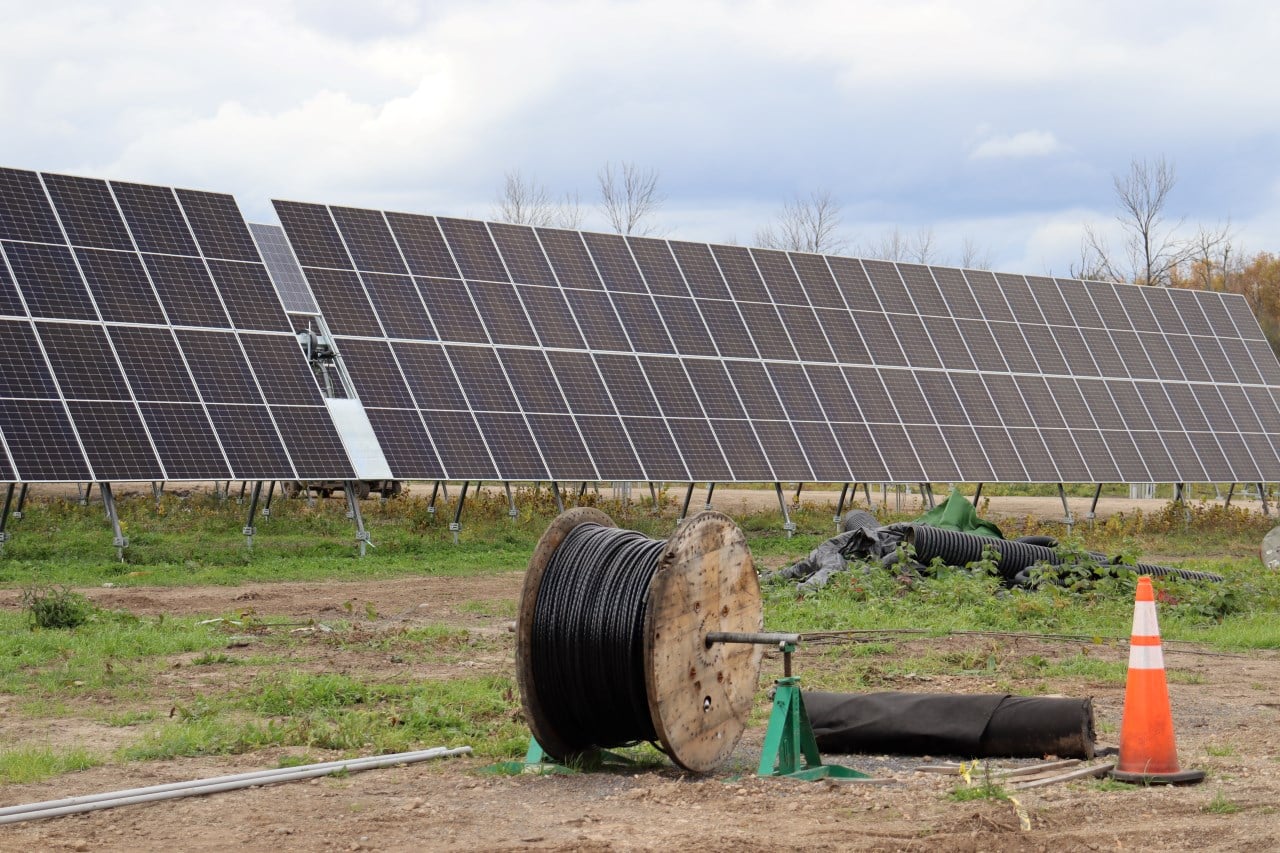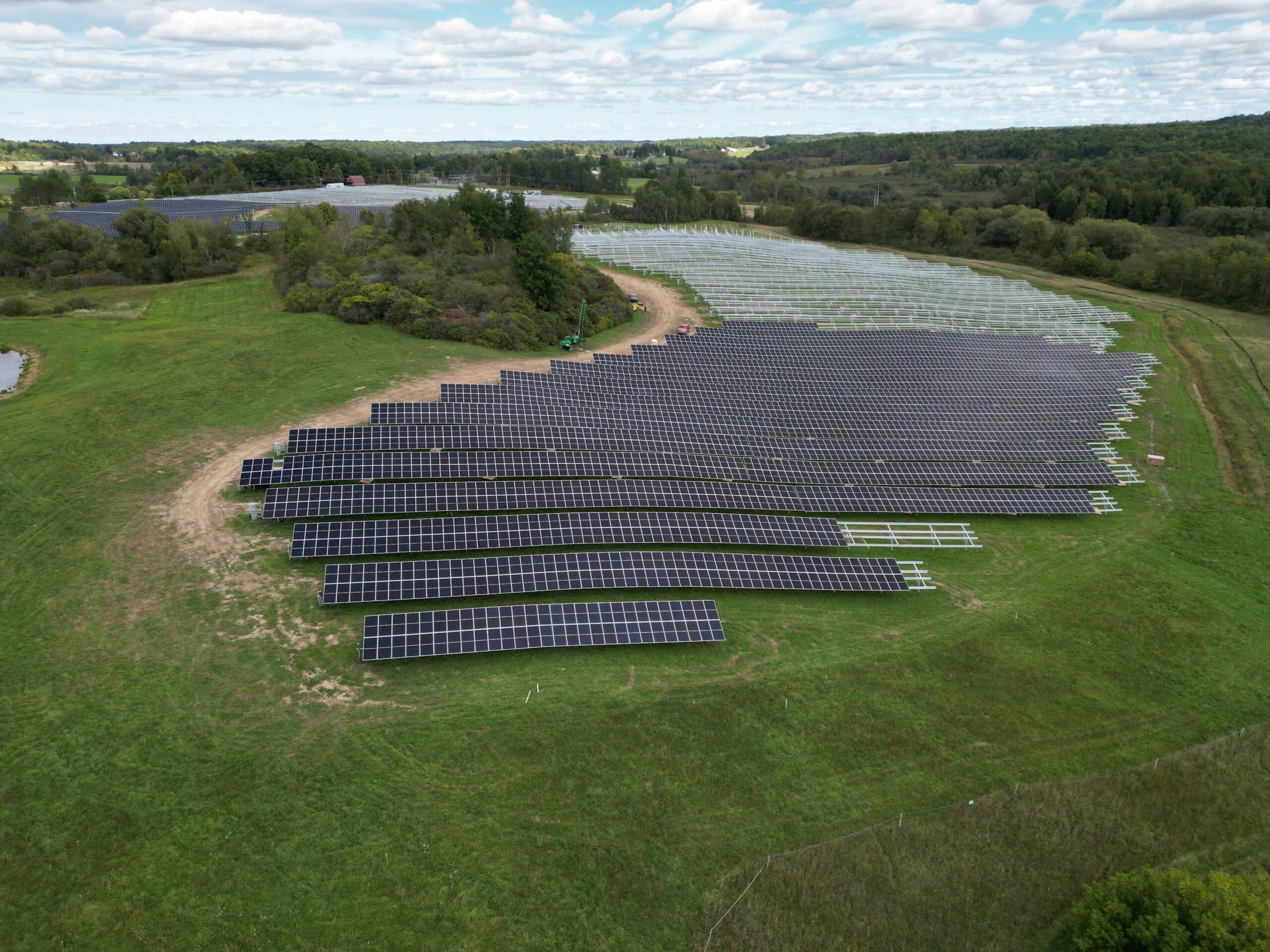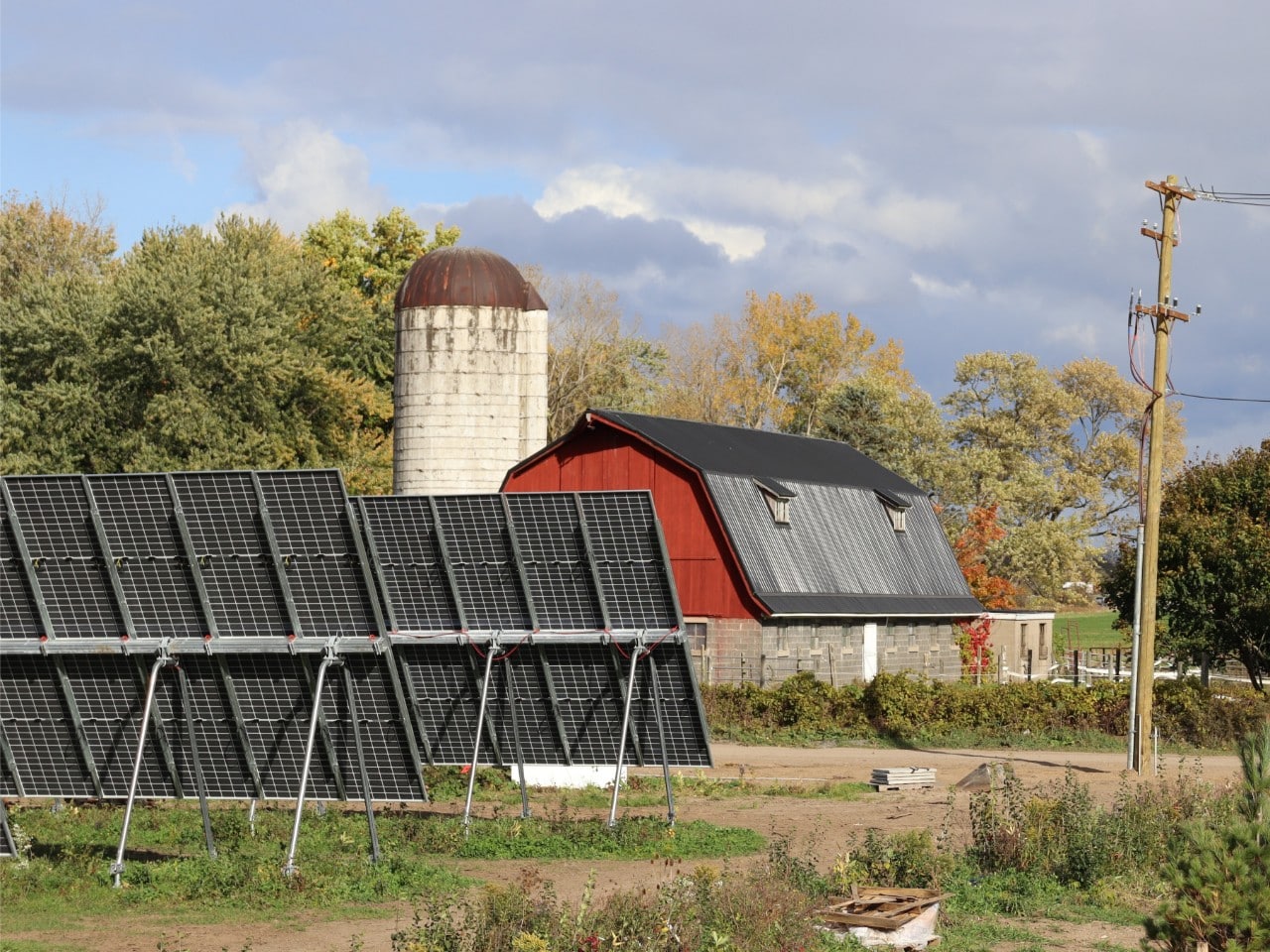Driving past a solar installation sometimes feels daunting. Arrays can have dozens of rows of panels, stretching on for what feels like miles.
Not only are some solar energy projects massive, but they’re also complex. Companies have hundreds of variables to consider, and the process takes years from initial planning to completion. They also cost millions of dollars between installing solar panels, securing permits, doing tests, and paying employees.
Solar EPCs always try to manage costs, reduce installation times, and produce better results. While hard costs like solar panels and PV wire have fallen over the years, soft costs like permitting, taxes, and labor haven’t shown the same decline.
How can companies save money on soft costs? The answer may be found in the wire holding everything together.
Small Cost, Massive Impact
When we look at the total cost of a utility-scale solar energy system, PV wire is low on the list.
However, choosing the right solar wire can save time and money on your solar project installation. For example, prefabricated wires have a higher upfront cost but slash installation times.
So, how do bundled, prefabricated solutions make the most of their engineering to save time and money? It all comes down to ease of use, consistency, and automation.
When combined, teams can shave hours and dollars off their projects without additional effort.
Why Do Installers Choose Pre-Fab Solutions?
Despite all the planning and effort, sometimes you get what you pay for.
Using single PV cables for a rooftop solar system is fine, but they can slow a utility-scale project to a crawl. Bundled pre-fab cables remove constant trips up and down each row, replacing them with one pass.
For the average project, not making multiple trips shaves hours off each row and days off a project. But beyond faster installations, why are solar companies choosing pre-fab wire products?
Wires are Pre-Cut and Factory Assembled
What is the difference between a pair of jeans purchased off the rack and a custom-tailored pair?
Jeans from the store come in many sizes, but they only offer a general fit. Meanwhile, custom-tailored jeans are specifically manufactured to fit you and only you. The same concept applies to buying single wire reels versus pre-fab bundled wire.
Manufacturers cut pre-fab bundled cable to specific lengths matching the project’s layout, preventing wasted wire. The manufacturer also properly installs connectors, performs quality control testing, adds labels, and mounts the cable to reels.
Not only are the manufactured cables ready to install as soon as they reach the job site, but workers don’t have to cut, crimp, or install connectors themselves.
Less Room for Mistakes
Employees on the job site often have varying skill levels and experience.
Small mistakes, like a loose connection, can have dangerous implications. Fires, arcs, and shorts may cause severe damage and cost hundreds of thousands of dollars to repair or replace.
Factory testing eliminates many issues before installation occurs. The manufacturer is also much more consistent than multiple workers on the job site.
The other thing installers like about pre-fab wire solutions is the exact measurements used to cut each wire to length. Single wire reels often create waste during installation. Despite the higher cost, pre-fab solutions limit scrap and speed up installs because workers can immediately use them.
Building on Labor Savings
Pre-fab solar power cables help workers make fewer mistakes, but do they make installers faster?
Instead of walking cables one at a time down the row to each solar panel, installers make one trip with all the cables. Once they reach the end of the row, they walk back down and connect each wire in the bundle to its corresponding panel. Customers can have cables marked as well, further reducing accidents and miscommunication.
Pre-fab solutions, including bundled wire, limit opportunities for mistakes. The faster speeds also reduce labor costs dramatically, sometimes by as much as 80%.
Besides allowing works to move more swiftly on the worksite, pre-fab solutions also make solar installation teams more efficient. In many states, including those across the Northeast, solar projects ramp up in the spring and slow down toward the end of fall for the winter season. The ebb and flow of project seasonality, which is a challenge for many solar companies.
When teams are using pre-fab bundled wire, projects are completed more quickly with fewer people. In turn, crews can work on more jobs during the busy season, and companies benefit from better labor allocation and shorter ramp-up and ramp-down times.
Safer Installs
Prefabricated PV wires are easier to work with, simplifying the job.
Think about field-made connectors for a second. Depending on the workers’ experience, they could make mistakes as they strip, crimp, and attach connectors to the wires. While issues may not appear immediately, they could develop over the long term, limiting power generation.
Bundled solutions remove the guesswork from the installation process. Workers only attach the connectors to the panels and the combiner box to power the system.
Beyond being easy to use, prefabricated bundled wire is also cleaner, as there’s only one bundle of wires to worry about. The result is an organized installation with fewer mix-ups and nicer-looking outcomes free of tangled wire.
Short- and Long-Term Savings
Pre-fab wire solutions like bundled cable cost more than single cable options but save time and money on labor.
Single wire reels work for small residential solar panel systems but bog down larger projects, like utility and community solar. Running single-wire reels is inefficient, more error-prone, and opens the door for waste.
Combining the wires for a row together shortens installation times and gets workers on and off the site faster. Best yet, potential savings increase as the projects get bigger.
Bundled Wire Leads to Better Installs
The United States relies on clean energy more than ever, so investing in solar improvements is critical.
Solar array technology has improved dramatically, from bifacial panels and tracking systems to more effective connectors and accessories. The same can be said for PV wire, too.
Bundled PV wire solutions allow employees to do better work faster. Solar installations can then produce energy sooner, leading to lower electric bills for communities and businesses.
That’s good news for everyone.



